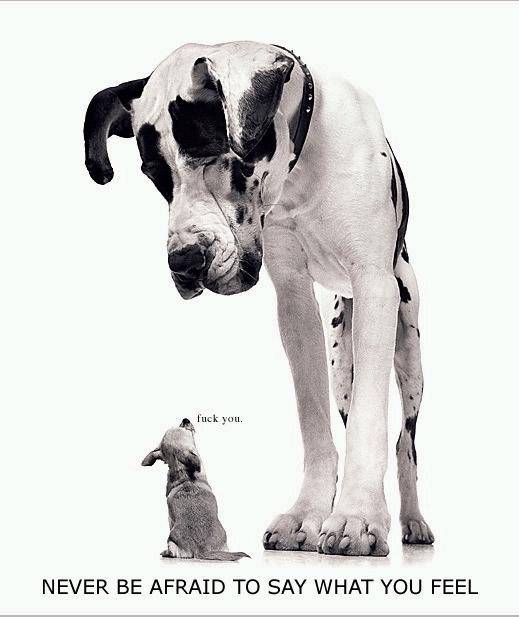The Starbucks Aesthetic
October 22, 2006
By SUSAN DOMINUS
WHEN Bette Gottfried, a 48-year-old regular at a Starbucks in Ardsley, N.Y., saw that her favorite coffeehouse was promoting a film, she wasn’t immediately interested. “At first I was leery,” said Ms. Gottfried, dressed in workout clothes, wearing her hair in a ponytail and sitting near the window with her daily decaf mocha (“low-fat milk, no foam, no whipped”). “I thought, ‘Who are they to get involved in the movies?’ ”
Ultimately, however, she decided to take her 9-year-old daughter to see the film, “Akeelah and the Bee,” precisely because of the involvement of Starbucks. “I trusted seeing the movie, because it was promoted here,” she said. After all, she liked the company’s coffee; she had already bought and liked several CD’s it produced and sold, compilations of music by Carole King, Tony Bennett and Frank Sinatra. Why wouldn’t she like a Starbucks movie? She did, and now she’s considering picking up its latest cultural sales item: “For One More Day,” a book by Mitch Albom.
But Ms. Gottfried’s question is a valid one. Starbucks is clearly very good at selling coffee, but why should it become involved in the movies — and books and CD’s, for that matter? And why would consumers trust its taste in books and films any more than they’d trust, say, Simon & Schuster’s taste in Ethiopia Gemadro Estate decaf?
Yeaaaah.... you know ....
In an early misstep, Starbucks started offering Joe, a literary magazine that appeared in 1999 and lasted all of six months before Mr. Schultz decided, on the basis of slow sales, that the product “didn’t add any value.” But since then Starbucks has successfully promoted a slew of hits, from the Ray Charles CD “Genius Loves Company,” a joint venture with Concord Records that won several Grammy Awards and sold 800,000 copies at Starbucks alone, to a recent CD of Meryl Streep reading “The Velveteen Rabbit.”
Interestingly enough:
The heart of that audience is a group the company refers to as its “core customers” — educated, with an average age of 42 and an average income of $90,000.
And this part, sigh:
A major player in the company’s music business is Timothy Jones, manager of compilations and music programming. Mr. Jones, 58, ran a small independent record shop in Seattle until 1987, when his business folded and he started managing the Starbucks across the street. Customers there asked if they could buy the mixes of Ella Fitzgerald and Miles Davis he was playing, and that’s how it all got started.

No comments:
Post a Comment